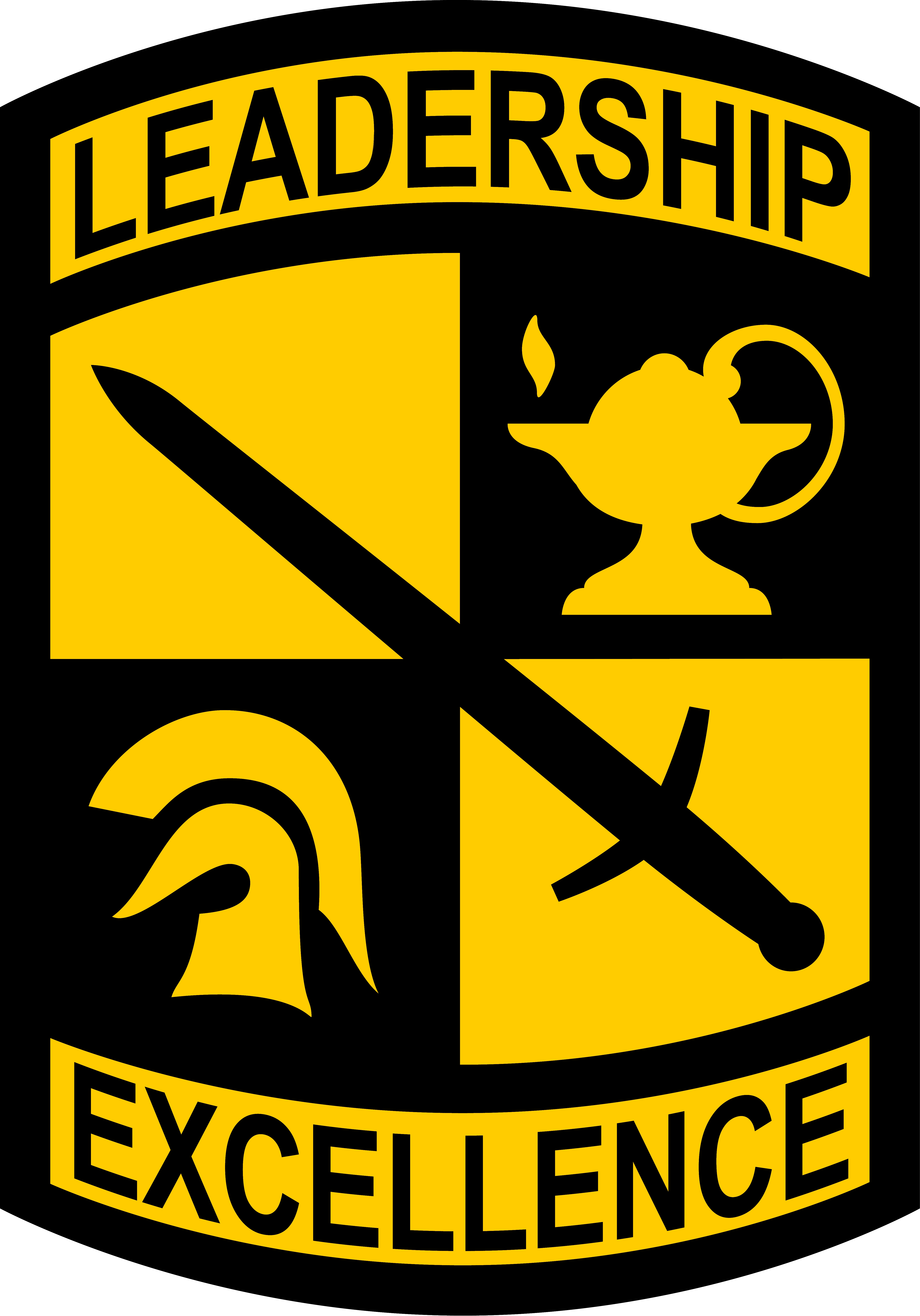
Fort Knox, Kentucky- Cadets from 2nd Regiment, Advanced Camp, finished their warrior skills training event during Cadet Summer Training on June 19, 2024, at Fort Knox. The event included events designed to teach Cadets basic military tactical operations before field training exercises.
Cadet Grant Higgens, from the University of Minnesota, began his morning much earlier than his counterparts. Higgens had been on sick hold, or quarters, for a few days before his regiment’s warrior skills training. At 3:45 a.m. on June 19, he was awake and on a 6-mile ruck to make up for his missed days. Higgens said the most important aspects of overcoming this extra challenge were ensuring his mental preparation and personal discipline. These are two traits that Higgens has experienced overcoming through adversity.
Higgens’s family has a lengthy military background, which influenced his path into the service. His family can trace this history to his three-time great-grandfather, who served as a Union Soldier in the Civil War. Because of this background, Higgens has always felt he could contribute more to the world.
“I couldn’t imagine myself sitting on my couch while other folks out there are fighting for my freedom and rights,” said Higgens.
As a child, Higgens struggled with collapsing arches and tendons that didn’t grow as quickly as his legs. Only 4% of adults in the United States face collapsing arches that are acquired due to a preexisting arch collapsing over time. Symptoms include swelling on the inside of the ankle, pain that worsens with activity or walking on uneven ground, difficulty walking or standing for long periods, and, eventually, pain on the outside of the ankle due to the heel bone shifting outward. As an active child, Higgens faced this problem with discipline and mental fortitude. He didn’t let it stop him from playing with friends and staying physically active. Even though facing chronic pain made it challenging for him to do the things he wanted to do growing up, he never gave up. At the age of ten, Higgens finally had surgery to have both tendons cut and pegs inserted in his feet, which effectively relieved his chronic pain and profoundly changed his life.
“I used to hurt terribly just while running around playing tag with my friends,” said Higgens, “now I was able to be a quarterback in high school and join the Army. It changed my life for the better, and I just want to be able to give that back to others who are facing fixable problems like I did.”
Higgins expressed his desire to take a gap year from college after he completes CST. He plans to serve during this time and go combat arms in either the infantry or artillery. After his Cadet Troop Leader Training this summer, he says he will decide between the two. This training is for those who have completed CST and allows Cadets to experience leadership in Army Table of Organization and Equipment units over three to four weeks.
After serving for a few years, Higgens plans to apply back to medical school and become an Army doctor. Currently a pre-med student at his school, Higgens appreciates the service the medical field does for the public more than most. Hoping to bring others what those doctors brought him at ten years old—a life without chronic pain.
His biggest piece of advice for incoming Cadets is to be confident in their abilities and to focus on improving points of weakness in their skills. Higgens placed great importance on making friends at CST. He views a cohesive and positive team as a pivotal aspect of success in a Cadet’s journey. Higgens said his platoon clicked quickly and that it has been a fantastic support system. He believes that when a Cadet has a bad day or doesn’t perform ideally on a task, having that positive network makes all the difference.
Higgens has affirmed that he is in the right place here at CST, in contrast to some of his peers who entered the program with uncertainties. He expressed feeling at ease and capable in his current position.
“I feel that my program has adequately prepared me,” said Higgens, “I’m doing exactly what I’m supposed to be doing, exactly where I am supposed to be.”
Cadets on Fort Knox are brought together by various personal experiences and influences that have shaped their decision to pursue leadership training. Like Cadet Higgins, many have been motivated by the challenges they have overcome or by the influential figures in their lives. The common goal for all Cadets is to enhance their leadership abilities through rigorous mental challenges. Cadet Higgins serves as a shining example of resilience in the face of adversity, a quality essential for all future officers in the US Army.

